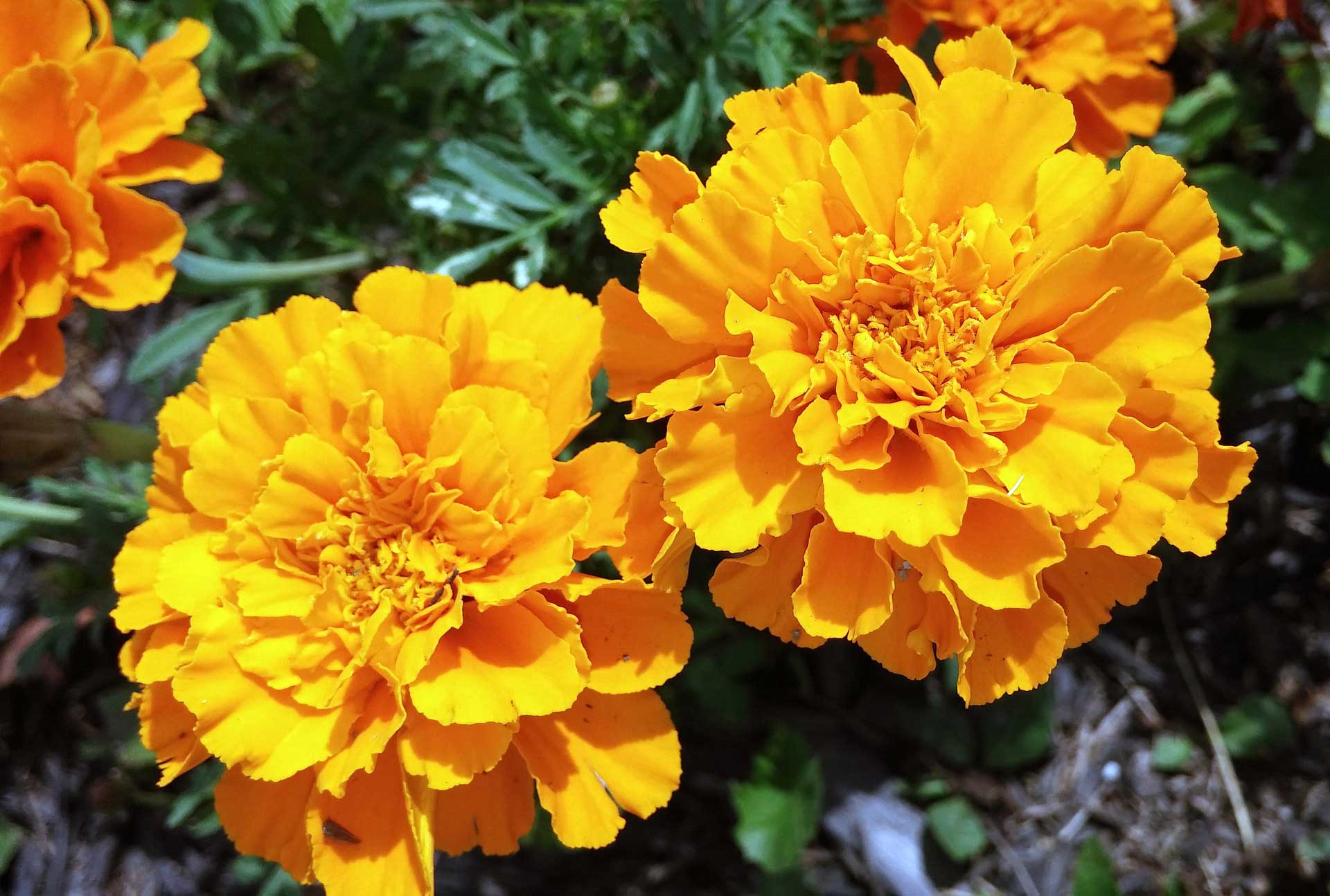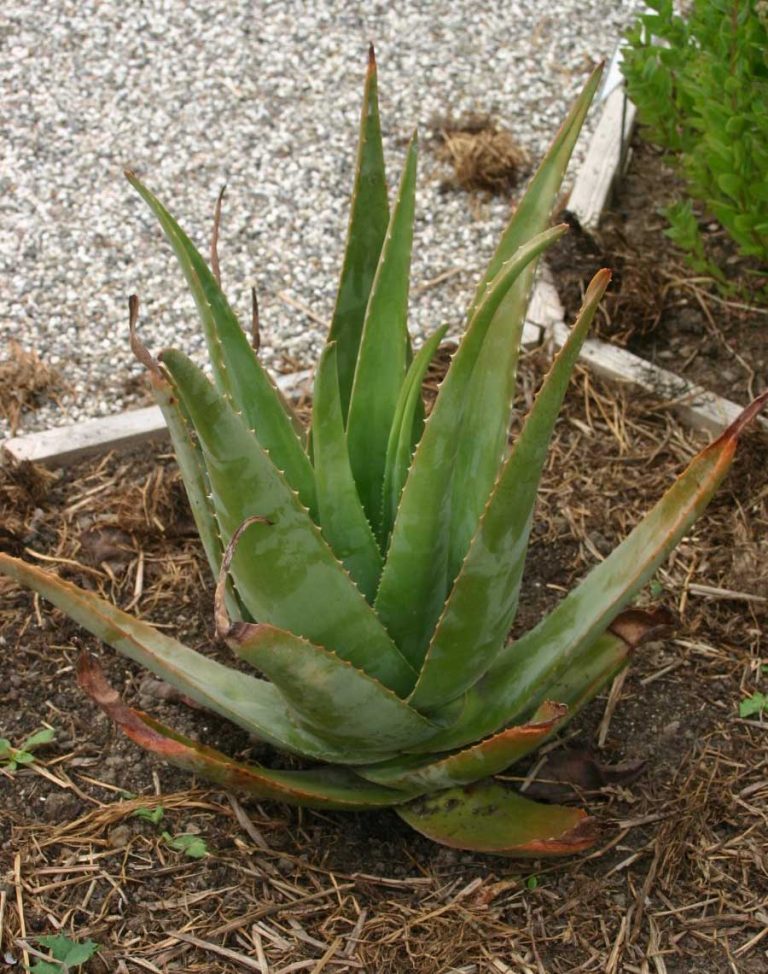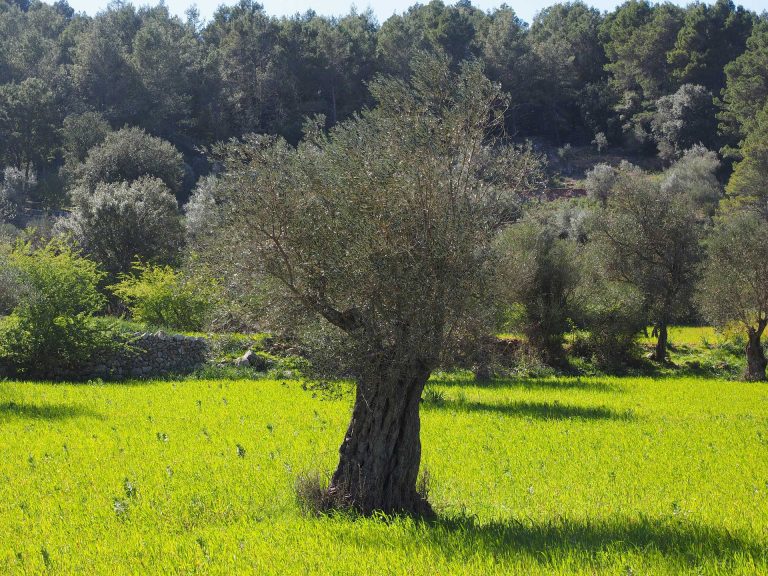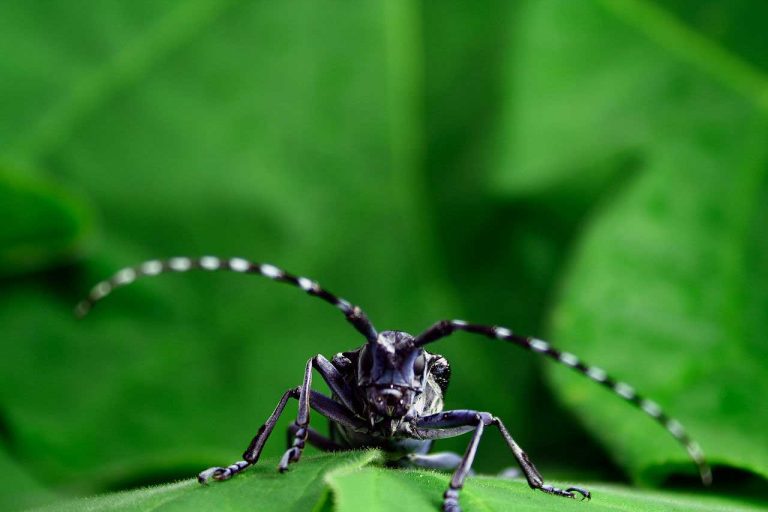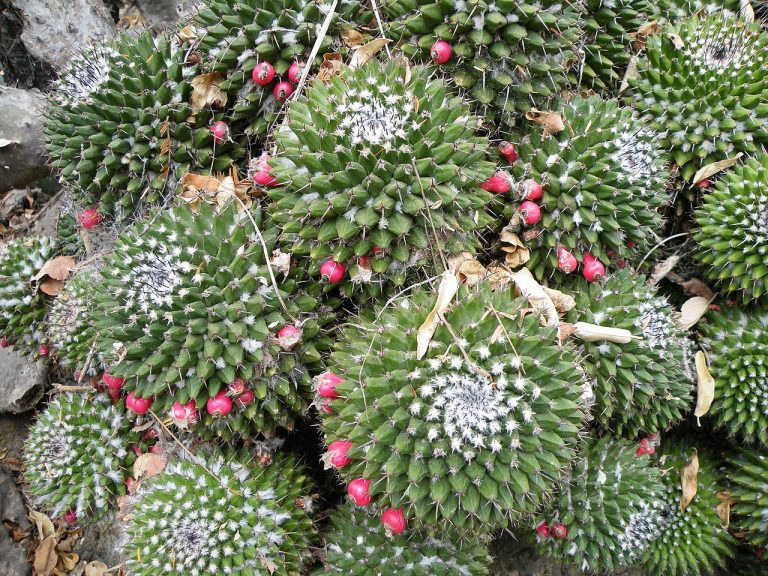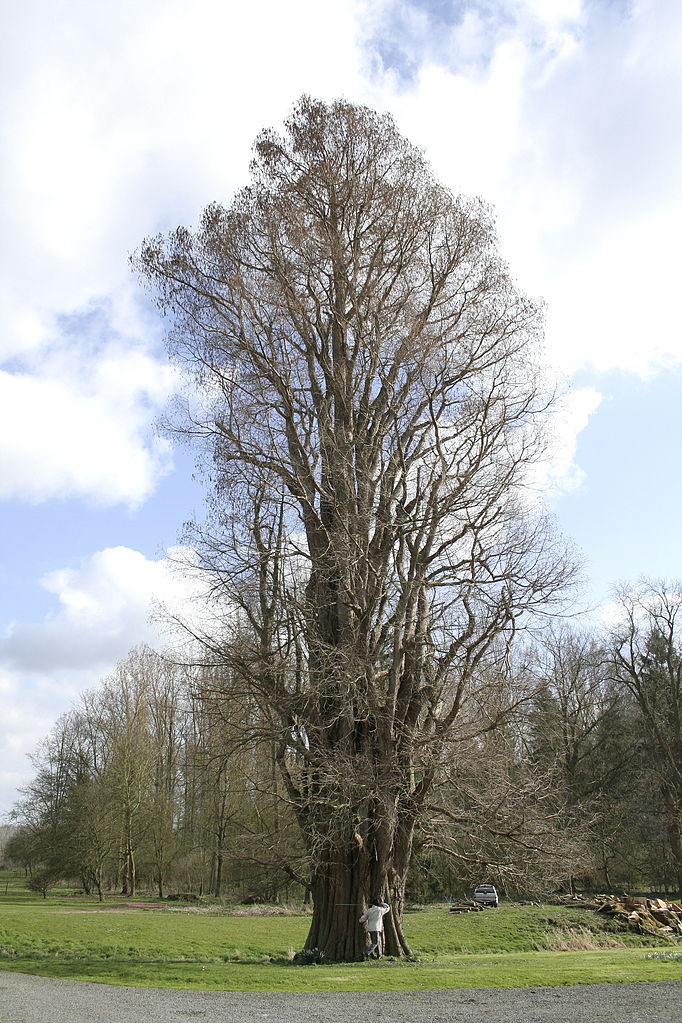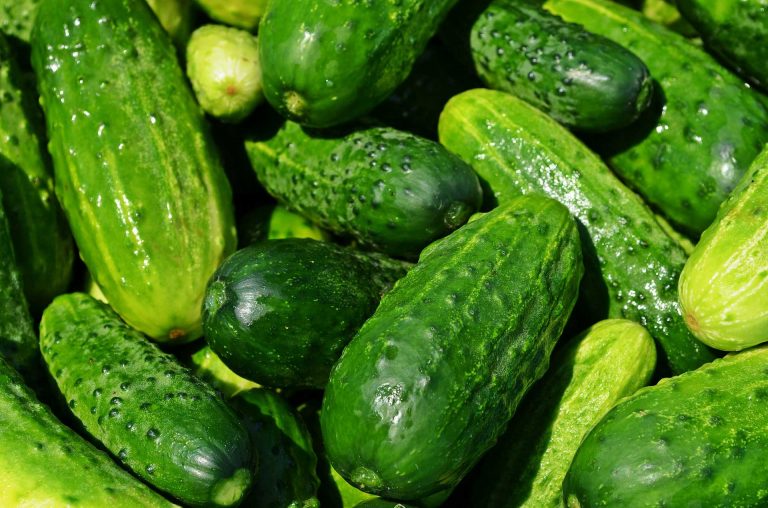Marigolds – The Aztecs Attributed Therapeutic, Sacred and Supernatural Powers to it
Scientific Classification
| Kingdom: | Plantae |
| Division: | Magnoliophyta |
| Class: | Magnoliopsida |
| Order: | Asterales |
| Family: | Asteraceae |
| Genus: | Tagetes, Calendula |
Marigolds otherwise known as Tagetes comprises of 56 classes of the genus of the yearly and perennial, typically herbaceous plants belonging to the sunflower ancestors ( Asteraceae or Compositae). This variety is an inhabitant of South America and North America, although you can see certain varieties in many parts of the world. A particular variety, T. Minuta, they say, is a poisonous encroachment in certain locations. The frequently used name in English language, “marigold”, derives from “Mary’s gold”, a name initially for a plant belonging to Europe, called Calendula officinalis. History records that it was the Aztecs that first used the marigold and attributed several therapeutic, sacred and supernatural powers to it.
Anatomy
The heights of the Tagetes variety differ in size from 0.1 to 2.2 m, and you find pinnate green leaves in most of the varieties. The naturally occurring flowers blossom in orange, white, and golden, highlighted with maroon color. The heads are flower-patterned typically (1-) to 4-6 cm diameter, usually occurring in disc florets and ray florets. In spite of the perennial variety becoming more trendy, horticulturalists prefer to plant Tagetes as yearly flowering plants.
How to Cultivate Domestically
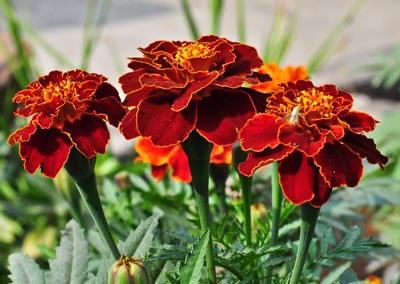
Photo by: Joydeep
Preparation for Planting
Till the soil to a depth of 6 inches, loosen and expose it to air. Get rid of the debris and stones and add granular fertilizer. A 5-10-5 is best. Place each marigold plant in a hole to the size of its root ball, gently pack soil over the roots for prop up and after that, properly water each plant.
Planting
- The Marigolds require sufficient sunlight.
- Even though marigold grows in most types of soils, it flourishes best in properly drained and reasonably fertile soil.
- Once you find the soil warm, sow the seeds straight away in the garden. If not, sow them indoors in 4 to 6 weeks prior to the end of a spring – frost date.
- The seeds germinate faster, but if you need them indoors, take care of wetting them.
- When the marigold is 2 inches tall, remove the seedlings. Either transplant them in your garden or plant them in flat loose soil.
Placement and Watering
The size of the marigold dictates where to place them. These plants are 6 inches to 3 feet in full grown size. In case you require the same size the following year, never collect seeds of a hybrid type, because they do not breed right.
When in the garden, water the plants only if the dry weather persists for two weeks in a row. If you have planted them in containers, water regularly because containers dry out fast.
Flowering Period
The flowering period depends upon the time when you trimmed the tops. Take care not to accidently prune off some blooming flower buds. The development time of a flower is when the plant is nearing maturity height. You can shear the marigolds normally when they reach 30 % of the height in the middle of the summer season when it stops blossoming and the plants appear to be lean.
After-Bloom Care
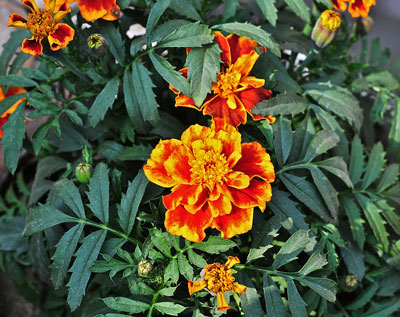
Well-drained and wet soil is essential to grow marigold flowers. Soil that does not drain well is augmented by adding into it coarse organic materials like wooden chips. You can augment the deficiency in nutrients of the soil by supplementing a teaspoon full of grainy, time-release fertilizer to the base of the marigolds. When the climate is dry and hot, you would do well regularly to water by hand is necessary. In order to protect the flowers and leaves from getting soggy and water saturated, water only the base of the marigold.
As Cut Flowers
The Marigolds serve as excellent cut flowers in the dry arrangement form or as fresh cut flower decorations. When you require fresh bouquets of marigold, cut freshly bloomed flowers at day break and set them, without delay in a vase containing warm water. Afterwards, remove the spoilt stem with leaves that contaminate the water, replace the vase with fresh water and arrange the flowers.

Having discovered a fondness for insects while pursuing her degree in Biology, Randi Jones was quite bugged to know that people usually dismissed these little creatures as “creepy-crawlies”.

